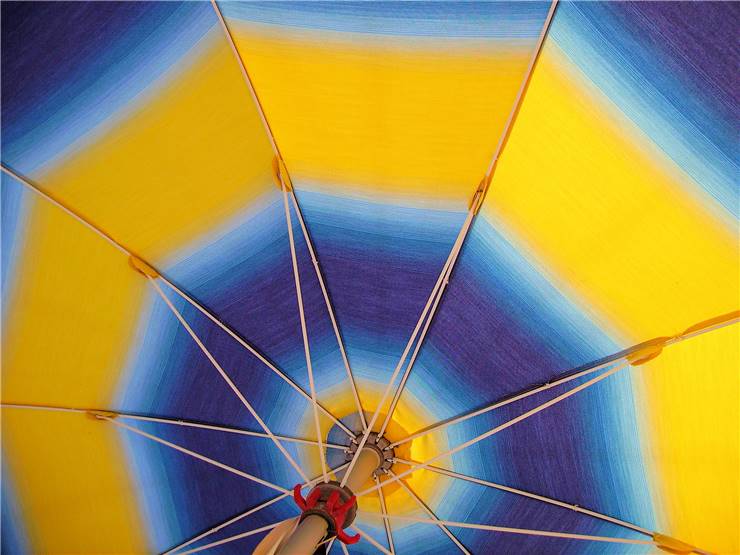Interesting Umbrella Facts
Here are some interesting facts about umbrellas:
- Word umbrella comes from the Latin word "umbros" which means shade or shadow.
- Modern day widespread acceptance of umbrellas started to spread across the Europe in middle of 18th century. Up until that point, umbrellas were viewed as a female fashion accessory.
- The first man who publicly carried umbrella was Englishman Jonas Hanway. His influence finally introduced umbrella to male population of England, and soon after entire world.
- Modern day umbrellas are strikingly similar in their design to the models that were used in ancient Greece and Rome.
- Technological advancement of 20th century enabled the creation of mechanisms and materials that are integral part of modern umbrellas.
- Currently there are many types of umbrellas on the market - traditional, automatic, compact, bubble, storm and crutch umbrellas (they can serve as a walking stick or cane).
- Umbrellas represent an important part of modern fashion.
- Umbrellas found their way into many new areas of modern life, for example as a decoration of many exotic cocktails and drinks.
- Modern day umbrellas are coated with Teflon, which makes their canopy waterproof.
- Majority of modern umbrellas are made in China.
- One city in China (Shangyu) has over thousand umbrella factories.
- Umbrellas can be used as offensive and defensive weapon. French President Nicolas Sarkozy was first who started using Kevlar coated umbrella as a part of his security measures.

- Umbrella can be used offensively as a weapon, or its shaft can effectively hide a secret blade. Modern security agencies are known to modify umbrellas for their secret purposes. For example, Bulgarian dissident writer Georgi Markov was assassinated in 1978 by KGB agent who carried deadly poison in his modified umbrella.
- Many religions adopted umbrellas and parasols as a part of their ceremonies and processions.
- One of the most famous hat that serve as some sort of big parasol is Mexican sombrero (which can be translated as "shade maker").
- During the 19th century, European fashion demanded that umbrellas must be held in the middle of their shaft, with handle pointing toward the ground. English nobility preferred umbrellas made from blue or green silk.
- Steel ribbed umbrellas were invented in 1852 by Samuel Fox.
- First working "folding umbrella" was introduced in 1969 by Bradford Philips.
- Over 33 million umbrellas are sold in United States each year.
- First use of simple made sun protecting umbrellas (parasols) comes from 3-4 thousand year old Egypt and Assyria. The exact time when parasols from natural materials (palm leaves) were made is not known, although scientist speculate they were used since the dawn of human civilization.
- During its first thousand years of life, parasols were viewed as a symbol of wealth and power. Many civilizations practiced tradition of showcasing exotic and complex made parasols of their rulers.
- First waterproofed umbrellas were created in ancient China, over 3 thousand years ago. Many Asian rulers showcased their might with multi-tiered parasols that sometimes had up to 20 levels of protection.
- From around 1000 BC to 400 AD, small and foldable parasols (in their design almost identical to modern umbrellas) represented one of the fashion accessories of females in Greece and Rome.
- During the European Middle Ages, people protected themselves against sun and rain with long waterproofed coats and hats. This tradition spread across the world during the Age of Discovery, but was soon.
